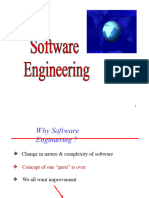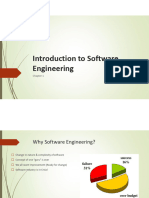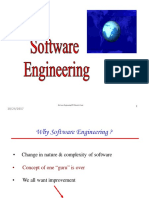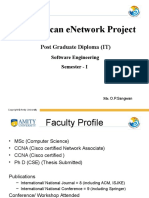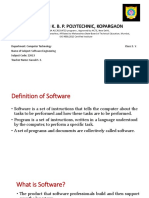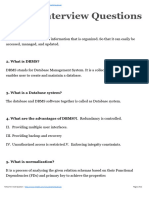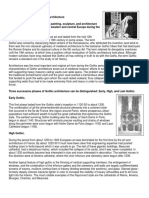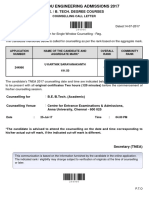0% found this document useful (0 votes)
22 views57 pagesChapter 1 Introduction
The document discusses the challenges and complexities of software engineering, highlighting the crisis in the software industry where a significant percentage of projects fail or exceed budgets. It emphasizes the need for systematic approaches and the importance of quality in software development, while also addressing common myths and misconceptions about software production. Additionally, it outlines the characteristics of software, the role of documentation, and the distinction between generic and bespoke software products.
Uploaded by
ankitsonwani14Copyright
© © All Rights Reserved
We take content rights seriously. If you suspect this is your content, claim it here.
Available Formats
Download as PPTX, PDF, TXT or read online on Scribd
0% found this document useful (0 votes)
22 views57 pagesChapter 1 Introduction
The document discusses the challenges and complexities of software engineering, highlighting the crisis in the software industry where a significant percentage of projects fail or exceed budgets. It emphasizes the need for systematic approaches and the importance of quality in software development, while also addressing common myths and misconceptions about software production. Additionally, it outlines the characteristics of software, the role of documentation, and the distinction between generic and bespoke software products.
Uploaded by
ankitsonwani14Copyright
© © All Rights Reserved
We take content rights seriously. If you suspect this is your content, claim it here.
Available Formats
Download as PPTX, PDF, TXT or read online on Scribd
/ 57

